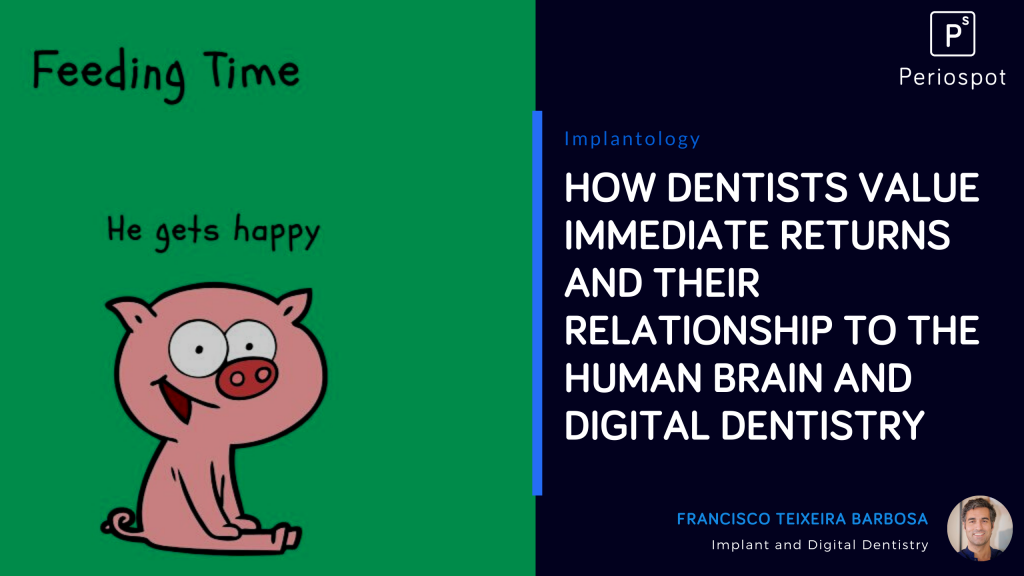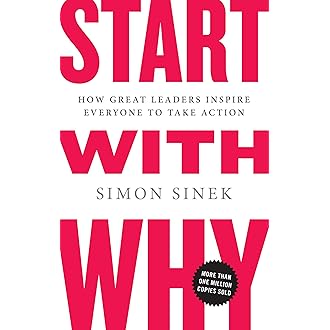There is no doubt that Digital Dentistry is here to stay. It’s not a fad or a trend.
It is already a standard workflow for many dentists around the world, and it’s growing every day.
The demand for intraoral scanners in dental clinics is expected to witness the fastest growth. The forecast CAGR of 10.5% during the forecast period (2018-2023) will be attributable to an increase in the number of dental clinics as well as dentists offering private services globally.
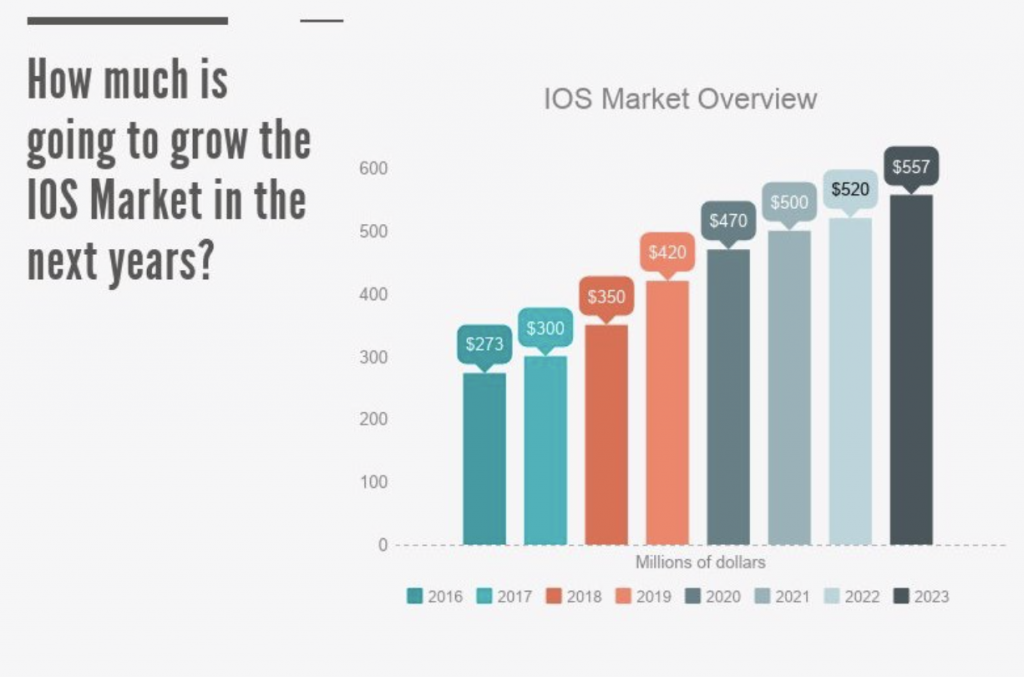
But despite this undeniable growth and predictions, why do some dentists still exhibit an evident reluctance and resistance to incorporating a digital workflow in their daily practices?
Let’s try to explain this phenomenon and put aside the bias of a dentist mindset (because, after all, I’m a dentist), but I want to think out of the box for the next few paragraphs.
Before we start, I’m going to give some data that is not remotely related to dentistry.
Approximately 42.5 million households in the U.S. own one or more dogs, and the total number of dogs in the country is more than 73 million. Canada has nearly 6 million pet dogs. In Western Europe, there are around 43 million pet dogs.
According to this data, I’m going to assume that you are very likely to have a pet at home.
I have. Turtles, fishes, and a guinea pig (its name I cannot tell because it is the name of a famous dentist 😅).
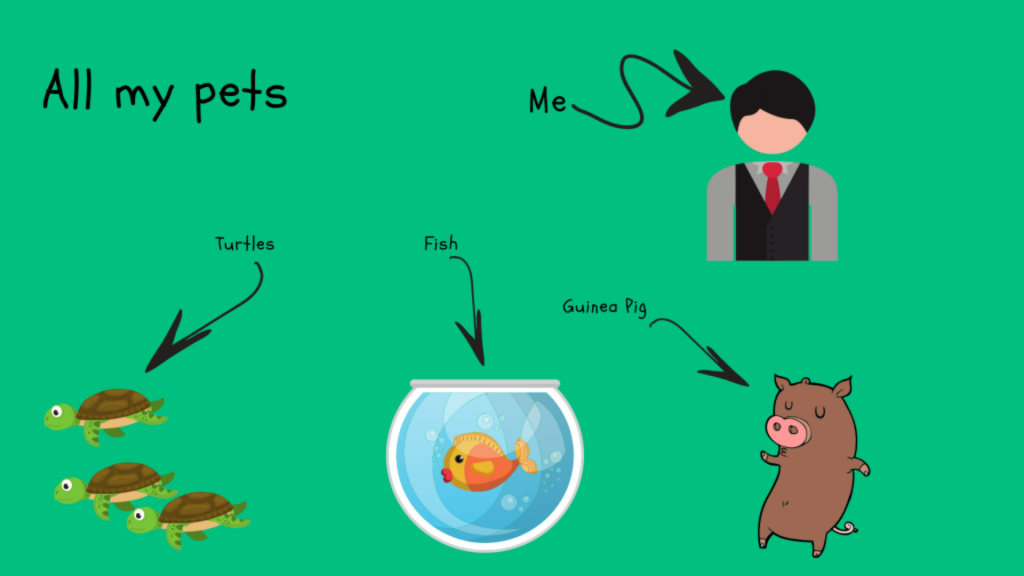
And also, four kids, but that´s another story.

And in case you have one pet, (not kids), I hope that you have observed its behavior at some moment:
– When they are hungry, they go to where the food is, and they eat.
– When they hear a loud noise, they hide.
– When you piss them off, they just run away.
Your pet’s main concerns are to have food and avoid any external disturbance.


They live in what researchers call Immediate Return Environment because their actions deliver immediate benefits.
They live in the moment.
On the other side, there are us, the pet owners, commonly a human being, and we live in a Delayed Return Environment.
Most of the choices that we make today will not benefit us immediately. We work hard today thinking about being promoted or having a better professional opportunity in the future, we do exercise to be in good shape and hopefully, live longer, and we save money today (not my case), thinking of having a decent retirement.

We do things, seeking to be rewarded in the future but not now unless you spend the whole day watching Netflix or playing Fortnite. In that case, you have a problem controlling your dopamine addiction.
The problem of living in a Delayed Return Environment is that it will hopelessly lead you to chronic stress and anxiety.
The reason is that our brain is not prepared to solve the problems of a Delayed Return Environment.
Our brain is almost the same as our ancestors 200,000 years ago—the Homo sapiens. This includes one important part, the neocortex, which is the part of the brain responsible for analytical thought and language.
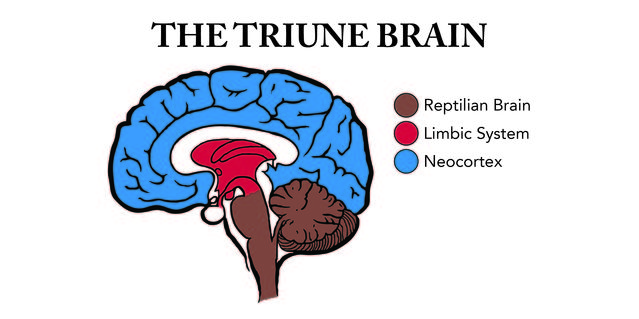
On the other level, there is the limbic system, responsible for all of our feelings, such as trust and loyalty. It is also responsible for all human behavior and decision-making.
The limbic system is the one that tells you “you should not buy it, it doesn’t feel right” when you are holding the newest iPad in your hands at the Apple Store and drooling over the box thinking about all the things that you could do with all the new features that it has.
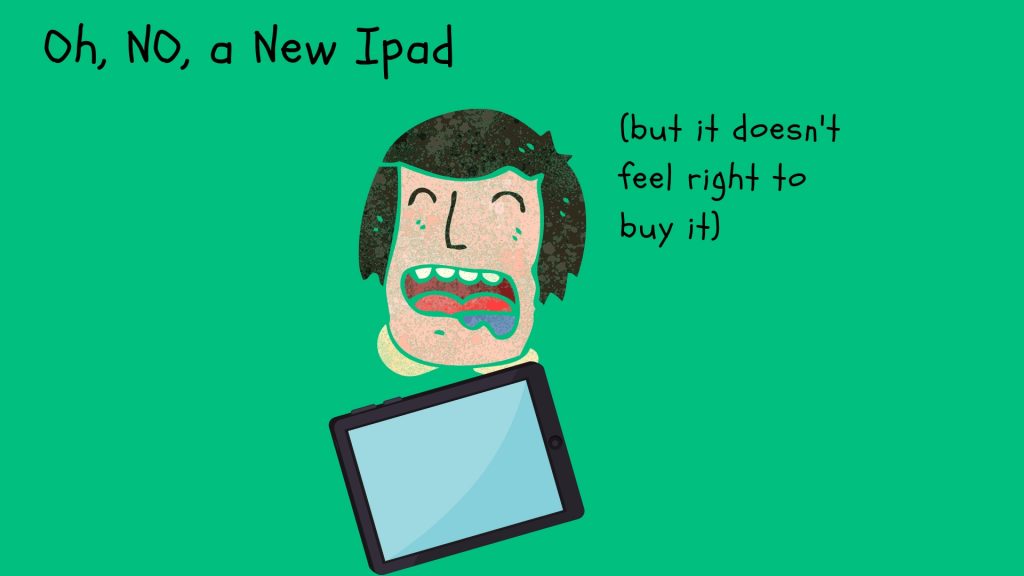
But the limbic system does not have the capacity for language and that explains why we struggle to explain things like falling in love or studying dentistry instead of being a neurosurgeon.
– “I love saving papillae,” or “I love making patients cry by showing them emotional videos with the before-after effect.”
Jokes aside, we end up saying, “I did it because it just felt right.” Our limbic systems work although they are not always synced with the neocortex.
Regarding this topic, I strongly recommend Simon Sinek’s book Start With the Why. It is one of the best books I´ve ever read.
To get back to our brains, 200,000 years ago, our ancestors lived in an Immediate Return Environment.
Society changed a lot in the last 500 years, and it shifted to a predominantly Delayed Return Environment. But the world changed even more in the last 100 years: the car was invented, we put a man on the moon, and we developed the smartphone and emotional dentistry.
When we talk about evolution, we usually talk about thousands of years—100 years is nothing from an evolutionary perspective. But all of a sudden, everything changed, and our environment—the Delayed Return Environment—is at stake.
We live in constant uncertainty due to our mindset being focused on the Delayed Return Environment. There is no guarantee that working hard will save you for being fired. There is no guarantee that saving money will give you a nice retirement. And of course, there is no guarantee that giving a patient the best implant in the world will prevent peri-implantitis.
All these uncertainties, unsteadiness and insecurities create an environment of anxiety.
When it comes to dentistry, and we are thinking about shifting from analog to digital dentistry, anxiety pops up. We are not sure about it and we prefer to live in the Immediate Return Environment: I do the impression, the lab creates the framework with the classical protocol and then I just put the restoration.
We dentists are like my guinea pig who wants food and receives instant satisfaction and immediate rewards (food).
Becoming digital dentists puts us in a Delayed Return Environment that implies learning new software, investing in new machines, working in a completely different way, living with the uncertainty about the ROI and the clinical outcome in the long term and wondering if it is worth the effort.
But the reality is that digital dentistry is here to stay, and we need to stop worrying about long-term problems or uncertainties and focus our attention on daily routines that can solve the problem:
– Instead of worrying about the ROI in the long term, think about the new things you can do with the digital workflow today that you could not do in the past, like validating a digital impression of a preparation for a fixed restoration in real time with your lab.
– Instead of worrying about learning new software, focus on learning a part of it that will cover 80% of your work (Paretto rule).
– Instead of worrying about the money that you have to spend to become a new 2.0 dentist, think about the dropdown in repetitions, and the accuracy of the available technology that we have right now.
There are countless advantages in shifting toward a digital workflow, and some of them are well-summarized in this article published by 3Shape.
I know this is easy to say from someone who has a Trios and has been working digitally in the past eight years, but if we have to take the next step into our professional career, we have to get out of our comfort zone.
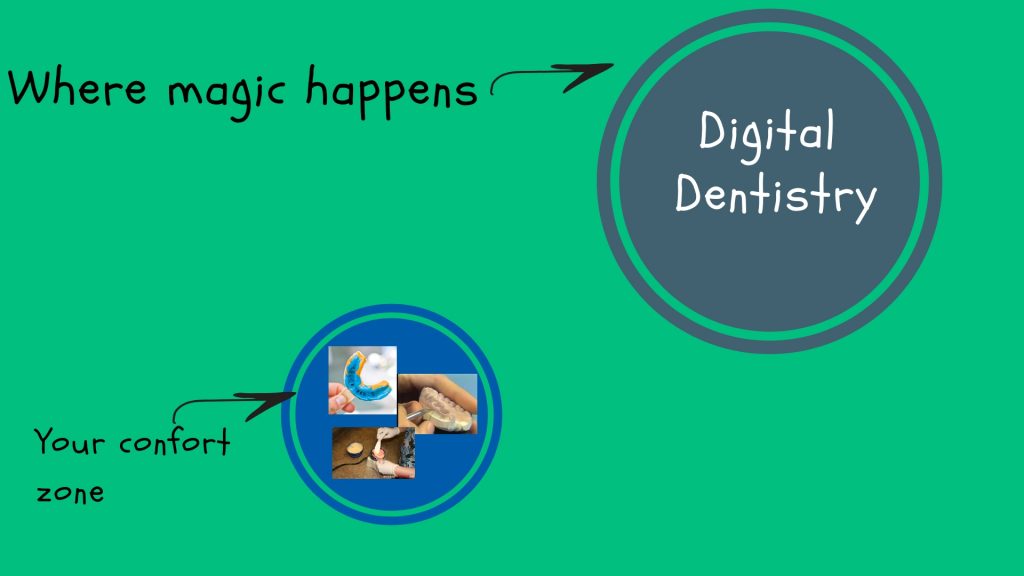
Digital dentistry workflow payoffs in the medium term and prepares you for the next generation of what is about to come (VR, AI, and other things).
Dental companies are already asking people for digital knowledge when they are hiring new dentists. There will come a time that it will be tough to get a job if you don´t have a clue about what a digital workflow is.

Also, science is on the Digital Dentistry side. More and more articles are being published about the accuracy of intraoral scanners and their final result compared to the traditional pathway (Joda 2018, Flügge 2018), which indicate quite promising results regarding precision and accuracy.
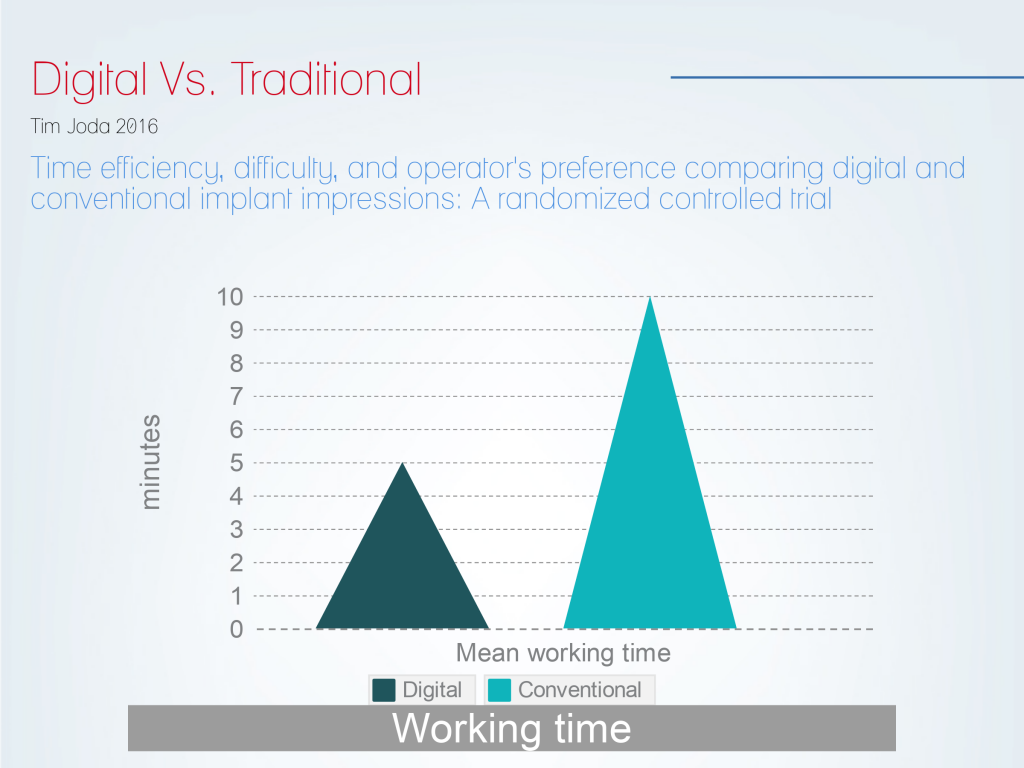
However, the available data regarding the accuracy of digital and conventional implant
impressions exhibit low levels of evidence and do not contain sufficient data on in vivo applications to derive clinical recommendations (Flügge 2018).
For those who are concerned about ROI and the economic impact of shifting to Digital Dentistry, there are already some publications that endorse digital workflows as time-saving and cost-effective in comparison to traditional methods (Joda 2015).
Conclusions
Predictions for 2025 say that the shift toward digital dentistry workflows is unavoidable.
The question is which dentists are already aware of it and have already convinced their limbic systems to become digital dentists?
Who will wait until the last moment—not because they feel the need to be digital dentists but just because they don’t want to be socially isolated for not being part of the digital world? (Think about those folks who, in 2010, said, “I’ll never have a Facebook account.” Two years later, they rushed to create one just so that they wouldn’t be the only ones to miss all those videos of cats and dogs playing pianos on social media. So cute).
Today, these folks don´t have facebook; they have Instagram, Linkedin, Tumblr, Twitter, Tinder and anything new that comes up.
We just have to take care of the laggards, that 16% of the population that will never waste a minute in new technologies. But I believe that this population segment is not quite anxious about the future and for them, “uncertainty” is just the name of a Hollywood film.

So, it is up to you. Step in the new world of digital dentistry, sync your limbic system with your neocortex and move forward to the new technological breakthroughs.
Long ago, I decided not to be like my guinea pig and face the anxiety and uncertainty of a Delayed Returning Environment and after some years of sweat and tears, I can finally say that this is what I want: Being a part of the next Dental Breakthrough—Digital Dentistry—forty years after the previous one, Osseointegration.
I hope you find this article interesting, and I´m always open to your comments and feedback.
